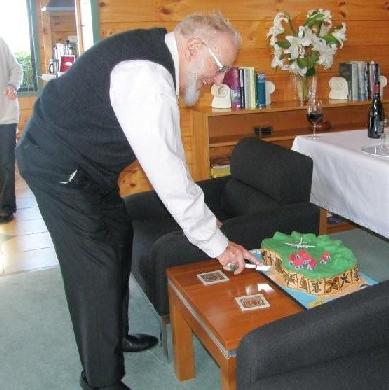Green Roger
Roger Green gained his undergraduate degrees at the University of New Mexico and his PhD from Harvard University. He went to New Zealand on a Fulbright Fellowship in 1958 to work with fellow archaeologists in New Zealand. His work went on to revolutionise the study of archaeology in this country where his contributions to the study of prehistory, the training of archaeologists and anthropologists and the expansion of the knowledge base on Pacific prehistory has been enormous.[1]
As a graduate student at Harvard University in 1958, Professor Green was awarded a Fullbright Fellowship which allowed him to spend several months in Hawaii, Auckland and French Polynesia. It was during this time that his interest in the Pacific was sparked. He subsequently spent the six years from 1961-67 at Auckland University, followed by three years at the Bishop Museum in Honolulu. In 1970 Professor Green returned to New Zealand as a James Cook Research Fellow based atAuckland Museum, and in 1973 he was appointed to a Personal Chair at Auckland University.
He became a fellow of the Royal Society of New Zealand (FRSNZ) in 1975 and is a member of the American Numismatic and Archaeological Society (MANAS). He was became a member of the United States National Academy of Sciences in 1984, and in 1992 he was awarded the Hector Memorial Medal for his contribution to human sciences in New Zealand. He was awarded the Marsden Medal by the New Zealand Association of Scientists in 2003, for his work in Pacific archaeology and cultural history, which has had a profound influence in determining the course of New Zealand archaeology. He was made an Officer of the New Zealand Order of Merit (ONZM) in the New Years Honours 2007 for "services to New Zealand history".
For a poetic celebration see Ode to the Real Oceanic Archaeologist.
